HP Veer 4G Review - Getting Us Excited for Pre 3
by Brian Klug on June 7, 2011 5:01 PM EST- Posted in
- Smartphones
- HP
- AT&T
- Palm
- veer
- webOS
- HSPA+
- Mobile
- HP Veer 4G
The only downside of the Veer is that it’s clear HPalm had to make a few design tradeoffs to make such a small device. It’s pretty easy to illustrate the tradeoffs by just looking at all four sides of the Veer.
The Veer sticks to pretty much the same button placement as the Palm Pre. On the left side is the volume rocker, which is one continuous chrome button. Volume up and down are slightly mushy but nothing to complain about.
Up at the very top is a small port for a lanyard, and inside there is the port for dual-microphone noise cancellation in calls. To the right of that is a small black strip, even on the white colored Veer.
This strip is the SIM card slot cover, and pries off with a thumbnail. The SIM is held in place with a standard click-in, click-out mechanism that gets the job done. To the right of that is the vibrate and silence switch, and lastly the power button which straddles the right side.
Where things get unique is on the right side of the Veer. If you’ve been paying attention, you’ll notice that absent from the Veer is a microUSB or 3.5mm headphone jack.
The Veer instead uses a proprietary magsafe-like connector with five pins for supplying both audio out and USB. There are two ferromagnetic metal pieces on either side which mate up with permanent magnets on the supplied USB cable and 3.5mm headphone jack adapter.
The result is that the Veer itself thankfully isn’t magnetic (and thus does not attract metallic particles, keys, and the like when in the pocket), but the cable and headphone jack both do.
Both connectors don’t interfere with the slide open mechanism, and the USB cable doesn’t interfere with comfortable typing. It’s obvious to me that the port was positioned as far up on the Veer as possible and not dead center so that there’s as little interference with holding the phone and typing when either accessory is connected.
The downside of this tradeoff is that to charge the Veer, you need to bring the cable along. Honestly, I’d prefer a microUSB adapter that lets people use existing hoards of microUSB cables, car chargers, and AC adapters over a cable. Further, in European markets where microUSB is a standard, it seems that such a dongle will have to be supplied, likely in conjunction to the entire cable assembly.
The Veer also uses the same proprietary port to supply its 3.5mm headphone jack. This is accomplished with the use of a small dongle that likewise magnetically attaches to the side of the Veer.
The 3.5mm headphone jack works fine, though the dongle’s size is slightly larger than the USB connector - it’s slightly thicker to accommodate the whole port. The connector is also a bit stiff, and as a result plugging and unplugging headphones the first couple of times is best accomplished by taking the dongle off and removing rather than inserting and ejecting while mated to the Veer. I did manage to break the detachable cable I was using in my Sony MDR-NC50 headsets, but that's more a function of the fact that the cable was loose and very close to death. Just be warned, the Veer's headphone jack is stiffer than most.
To be completely honest, the headphone jack adapter probably will be the thing most Veer owners lose first in part due to its very small size. If you’re going to get a Veer and are keen on listening to lots of music with it, you’re probably better served by purchasing a pair of bluetooth headsets with A2DP and AVRCP support. The adapter is nice to have but ultimately something that increases the size of the Veer when attached and is just one more thing to carry around. Obviously you can’t charge the Veer when the headset adapter is connected either, unless you use a touchstone charger.
So what about the device itself? Build quality on the Veer is very good, it’s obvious to me at least that HPalm now has learned how to make a device with slide-out keyboard that doesn’t have any “Oreo effect” like that which plagued the original Palm Pres. The slider is completely solid and has virtually none of the aforementioned flex in any direction. It decisively slides open and closed with a firm spring assisted mechanism that nice controlled friction. It feels precise and crisp sliding open and shut. As a result, it’s easy to flip the Veer open with one hand and proper thumb placement on the display lip or center surface.
One of the problems I had with the Palm Pre Plus (and before it, the Palm Pre) was that when sliding the phone open quickly, the screen would exhibit obvious LCD distortion from pressure at the corners. This was extremely unnerving, and no doubt leads to excessive fatigue and premature display failure. None of that happens on the Veer, which is another plus. I can’t find any fault with the slider mechanism at all, which gives me hope for the Pre 3’s slider being equally awesome and sturdy.

HP Veer's internal battery - Photo Licensed with Permission from WebOS Internals Veer Disassembly
To preserve its small size, the Veer’s battery is internal and not user replaceable, and it’s on the small side as well, at just 910 mAh, or 3.4 Whr. This is reasonably comparable to the Pixi’s 1150 mAh battery, but still just short. There’s no obvious way to take the Veer apart, as the backside is one solid piece of plastic, and there are no visible screw holes or plastic snap tabs. That’s another tradeoff - you get an extremely small device with excellent build quality, but lose the ability to remove the back case and do replace the battery. I think for this form factor the tradeoff is a valid one. As we’ll show shortly, battery life really is surprisingly good on the Veer.
On the backside at the top left are the camera and speakerphone grille. Likewise, gone is the Palm branding, in its stead is the HP logo and beneath it AT&T. I find it a bit depressing that the Palm brand is now nowhere to be found (even the boot logo is a glowing HP logo), but that’s entirely HP’s perogative.
You might be wondering where the FCC and regulatory iconography went, since there’s no longer a battery door to hide it under.
Slide the Veer open and the answer presents itself. The serial, part number, IMEI and FCC ID are all laser etched into the mirrored back surface of the display assembly. Palm has been consistent about preserving this back mirrored surface on the slider, which does some double duty for framing self portraits (not MySpace angle shots).
The front of the Veer is one continuous glass surface, the bottom area retains capacitive touch detection for WebOS’ gesture area. More on the display in a moment. Up at the top is the Veer’s tiny chicklet-like headphone grille. I’m reminded of the Nokia N900’s similarly tiny speaker grille when I look at the Veer’s. I always had a tough time aligning my head with the N900 speaker since the area was so small, but by virtue of the Veer itself being small, it’s much easier to center the Veer up with the auditory canal than the N900. Despite being small, earpiece volume and quality doesn’t take a hit either.


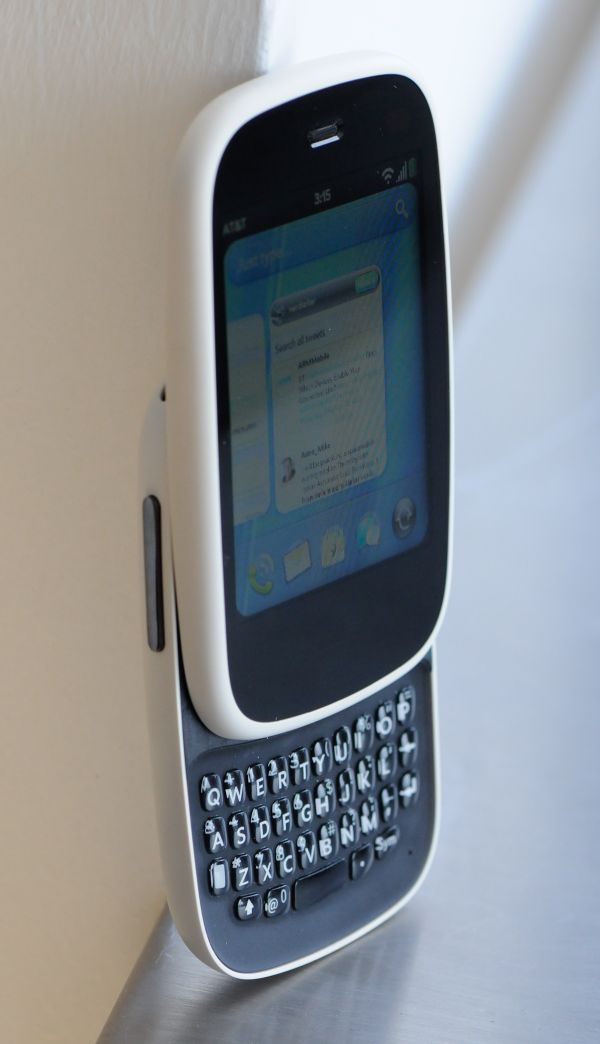
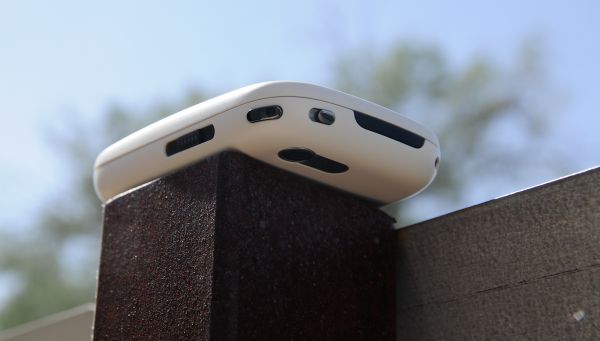

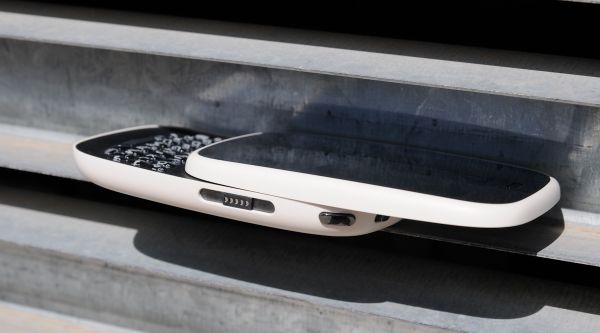
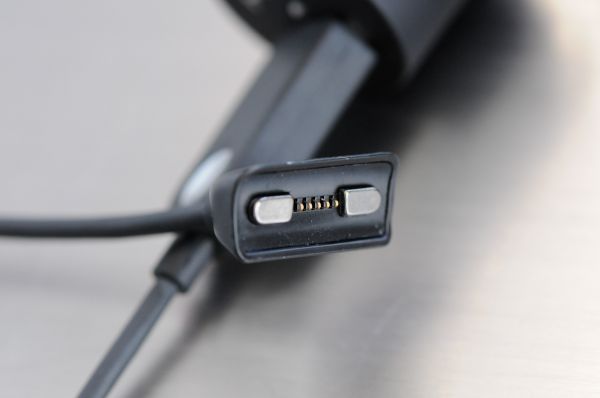
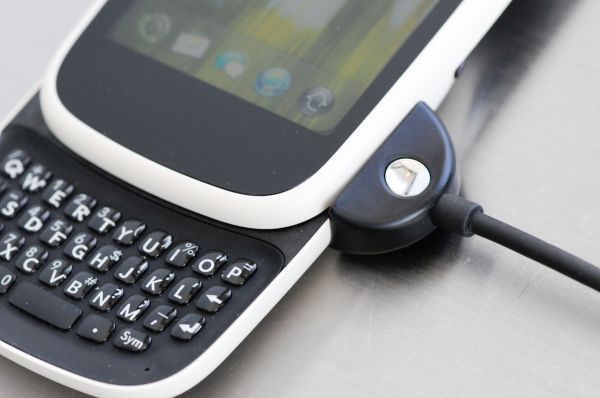
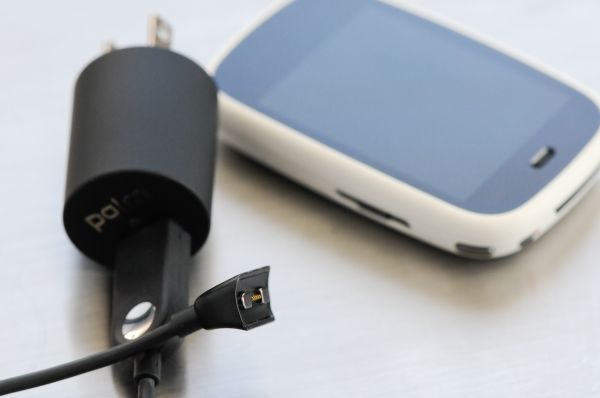
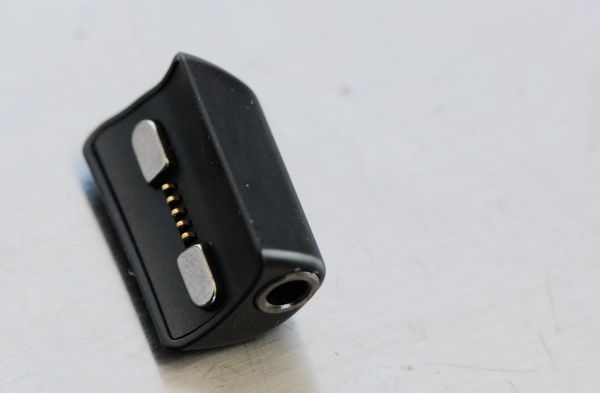
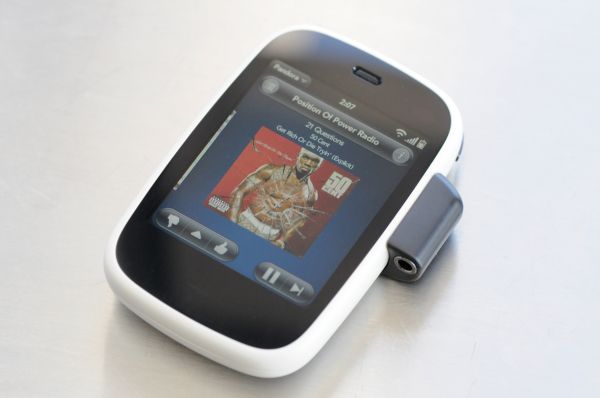
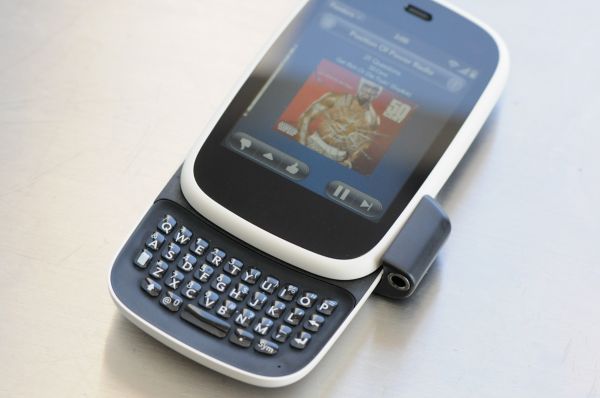
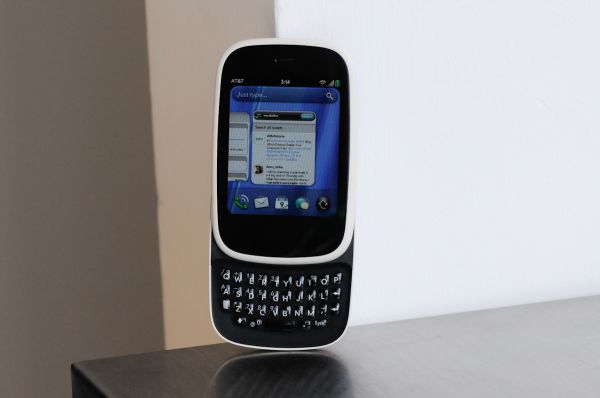

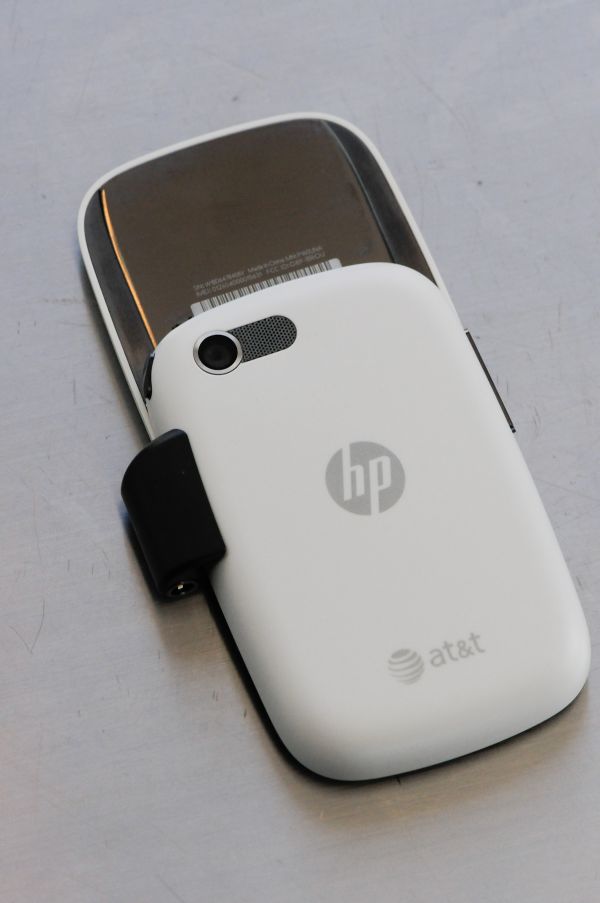
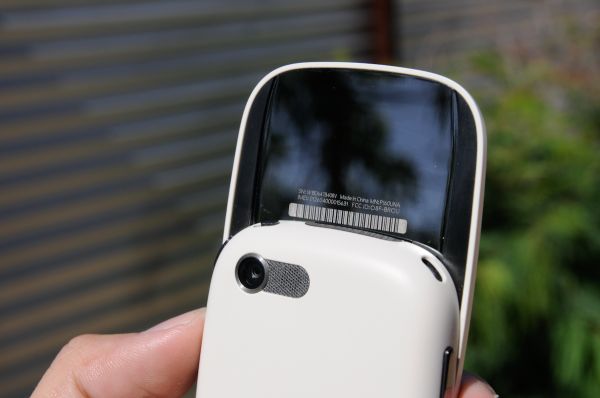
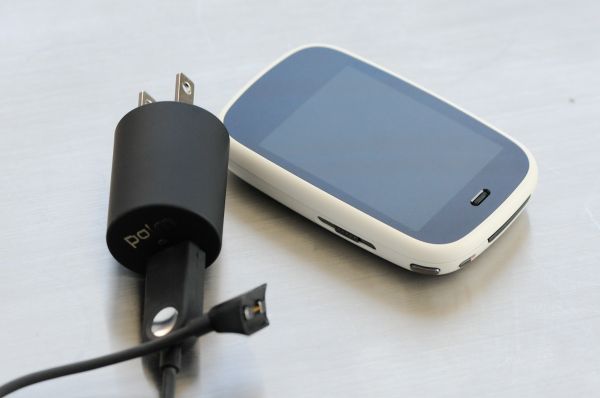








25 Comments
View All Comments
ClockerXP - Saturday, June 11, 2011 - link
Dial ##3-836# to get to the menu where you can disable 3G. Works on my Pre+ on Verizon!ClockerXP - Saturday, June 11, 2011 - link
I mean ##3836# (no dash)dananski - Sunday, June 12, 2011 - link
I agree that the hardware is better than people say. I haven't had any problems with mine and it only has minor scratches from all the times I've dropped it. But the OS is good too. Cards and synergy are two things I couldn't go without, and I like the simple gestures.ioannis - Tuesday, June 7, 2011 - link
Brian, thanks for the comprehensive review, delivered in the usual Anandtech quality.The App Catalogue compatibility seems to be the only major complain I'd have over this phone. My question is, will WebOS 3.0 with the Enyo framework come to the Veer? And assuming that all the apps eventually get ported to it (or at least all apps released from the time 3.0 is out will be based on it), would that solve the 'pixel density'/resolution-dependent apps problem?
softdrinkviking - Tuesday, June 7, 2011 - link
Hi Brian. Great review. I especially liked your explanation of HSPA+, nice work there.I had one question. You again referred to Super LCD as (IPS) in this article, as you did in the article a few days ago (HTC evo 3D). In that article you crossed out the (IPS) and I assumed that meant you were reassessing that. Have you come to any conclusions about Super LCD and what process it is made with?
Brian Klug - Tuesday, June 7, 2011 - link
So I was mistaken earlier about Super LCD being IPS, I went over my notes and have written down that Super LCD is just PVA. I'm going to try and do some more digging to find out why I have that here and what the implications are. Honestly though the SLCD display on the Sensation looks quite good.-Brian
Solidstate89 - Tuesday, June 7, 2011 - link
I haven't owned a WebOS phone because of the flakiness of the hardware, but the OS has always appealed to me. Similarly although the Veer isn't for me, I do like just how much better WebOS 2.0 is looking.I sincerely wish them the best in the market as it is quite simply a brilliantly designed OS. However it's just taken too long to get to market. I wanted to get a Pre 3 on Verizon, but realized it would be too late with Verizon Wireless nixing its Unlimited Data plans before it could be released so I went to sprint and picked up a WP7 device.
Quite happy with it, and although it's a blatant rip-off, I can't wait for the card-style multitasking to arrive with the Mango Update :)
Best of luck to WebOS.
softdrinkviking - Tuesday, June 7, 2011 - link
cool, thanks for the reply & info. i have seen plenty of PVA screens in the store and they look pretty good to me, maybe not as good as the high-end NECs and other professional monitors, but i had a hard time telling the difference between the led backlit LG IPS and the similar sized BenQ with a PVA. (this is in Japan, so i can't say what models you have in the states).As long as they are good quality, and a decent resolution, I can't imagine that PVA would be unacceptable on a cel phone. they are undoubtedly better than TN.
jamawass - Wednesday, June 8, 2011 - link
I think the veer makes sense if you take into consideration hp's tablet strategy. A veer with mobile hotspot would be an excellent combo with a 7 in touchpad ( to be released after the 10 in later this yr). I have a 7 in sony reader which fits in all my jacket's pockets. That's my device of choice when I'm waiting at the auto shop, etc and I always receives glances when I whip it out of my jacket. It's light, and much more portable than an ipad.I suspect this is one of hp's strategies with the veer and I wouldn't be surprised if they market them as a combo deal in the future.
I've used webos for a year now and generally like it's efficiency, but Apple and other companies have been cannibalising their innovations. As stated above, hp needs to accelerate the upgrade cycle in both soft and hardware to survive.
marc1000 - Wednesday, June 8, 2011 - link
Brian and Anand, I could not find a way to contact you. So I will write this down on the comment section.Microsoft is killing the only thing cool on all older WindowsMobile phones (6.5 & below): the MyPhone service will die in a couple months.
please read this thread at XDA where some users reported receiving the same MS email with the news.
http://forum.xda-developers.com/showthread.php?t=1...